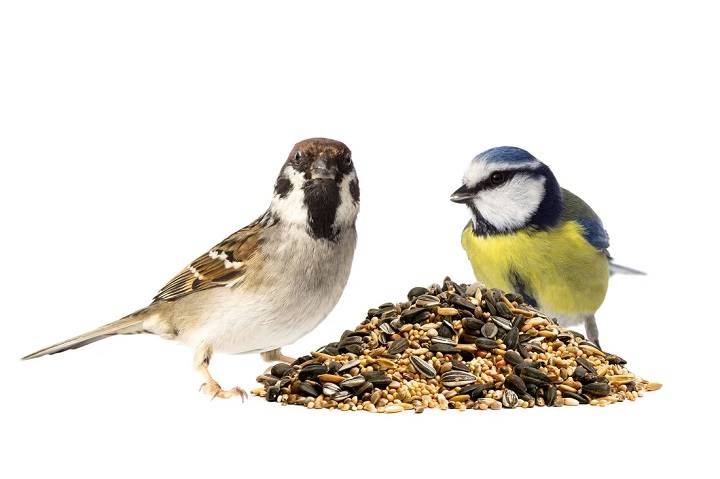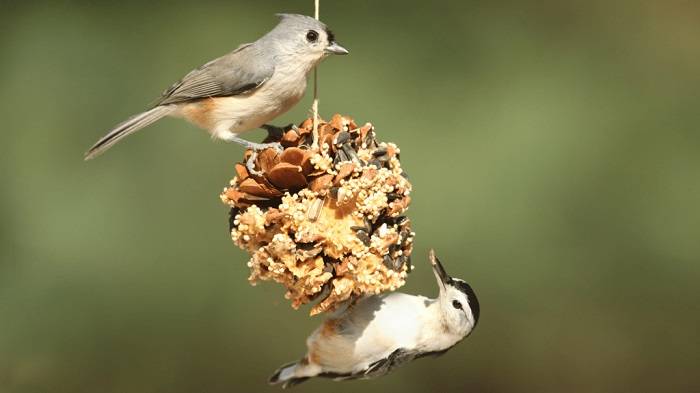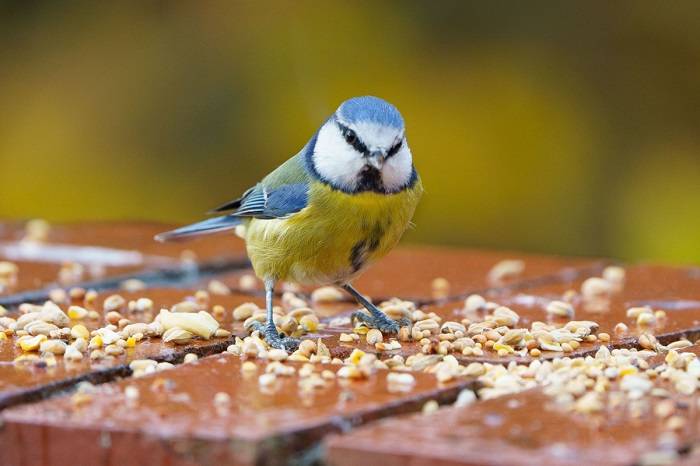A well-stocked bird feeder can transform your backyard into a bustling avian oasis, attracting a diverse array of feathered friends year-round. One of the keys to success in bird feeding is selecting the right seed mix to meet the dietary needs of different bird species. In this comprehensive guide, we’ll explore the world of wild bird seed mixes, uncovering the variety of ingredients available, their nutritional benefits, and how to create the perfect blend to entice a myriad of birds to your feeder.
Understanding Wild Bird Seed Mixes
What Are Wild Bird Seed Mixes?
- Wild bird seed mixes are blends of various seeds and grains formulated to attract a wide range of bird species to backyard feeders. These mixes typically contain a combination of seeds that appeal to different birds’ preferences and dietary requirements.
Types of Seeds in Wild Bird Seed Mixes:
-
- Sunflower Seeds: A favorite among many bird species, sunflower seeds provide essential fats, proteins, and nutrients.
- Millet: Millet seeds are small and easily digestible, making them suitable for a wide range of birds, including sparrows and finches.
- Nyjer (Thistle) Seeds: Nyjer seeds are rich in oil and attract finches, siskins, and other small songbirds.
- Safflower Seeds: Safflower seeds are favored by cardinals, chickadees, and grosbeaks and have a bitter taste that deters squirrels.
- Peanuts: Peanuts are a high-energy food source enjoyed by woodpeckers, nuthatches, and jays.
Benefits of Wild Bird Seed Mixes
Nutritional Variety:
- Wild bird seed mixes offer a diverse array of seeds and grains, providing birds with essential nutrients, including fats, proteins, carbohydrates, vitamins, and minerals, to support their health and vitality.
Attracts a Wide Range of Birds:
- By offering a varied seed mix, you can attract a diverse assortment of bird species to your feeder, from colorful finches and cardinals to energetic woodpeckers and blue jays, enhancing your birdwatching experience.
Creating Your Own Wild Bird Seed Mix
Consider Bird Preferences:
- Research the bird species in your area and their dietary preferences to tailor your seed mix accordingly. For example, if you want to attract finches, include nyjer seeds in your mix, while cardinals may prefer safflower seeds.
Experiment with Ratios:
- Experiment with different seed ratios to find the perfect blend that appeals to the widest range of birds. Start with a base of sunflower seeds and add smaller amounts of other seeds to create a balanced mix.
Placement and Feeding Tips
Feeder Placement:
- Hang bird feeders in quiet, sheltered areas away from predators, such as cats and squirrels, and provide nearby perches for birds to rest and observe before approaching the feeder.
Regular Maintenance:
- Keep bird feeders clean and free of mold, bacteria, and debris by regularly washing them with warm, soapy water and disinfecting with a diluted bleach solution.
Wild Bird Seed Mixes
Enjoying the Avian Visitors:
- Sit back and observe the delightful array of birds that flock to your feeder, from vibrant goldfinches and blue jays to energetic chickadees and woodpeckers, adding color and song to your backyard oasis.
Opportunities for Learning:
- Birdwatching provides valuable opportunities for learning about bird behavior, biology, and ecology, fostering a deeper connection with the natural world and promoting conservation awareness.
Related Post:
Exploring the Fascinating World of Male, Female, and Male Muscovy Ducks
Unveiling the Spectrum of Colored Duck Eggs: Nature’s Palette of Surprises
Unlocking the Secrets of Duck Hatching: From Egg to Duckling
Wild bird seed mixes are essential tools for attracting a diverse array of bird species to your backyard feeder, providing nutritional benefits and endless opportunities for birdwatching bliss. By understanding the variety of seeds available, creating your own custom blends, and following placement and feeding tips, you can create an inviting habitat that fosters the health and well-being of your feathered visitors. So, stock up on your favorite seeds, fill your feeders, and prepare for a symphony of bird song and color that will delight and inspire you for years to come. Happy birdwatching!




